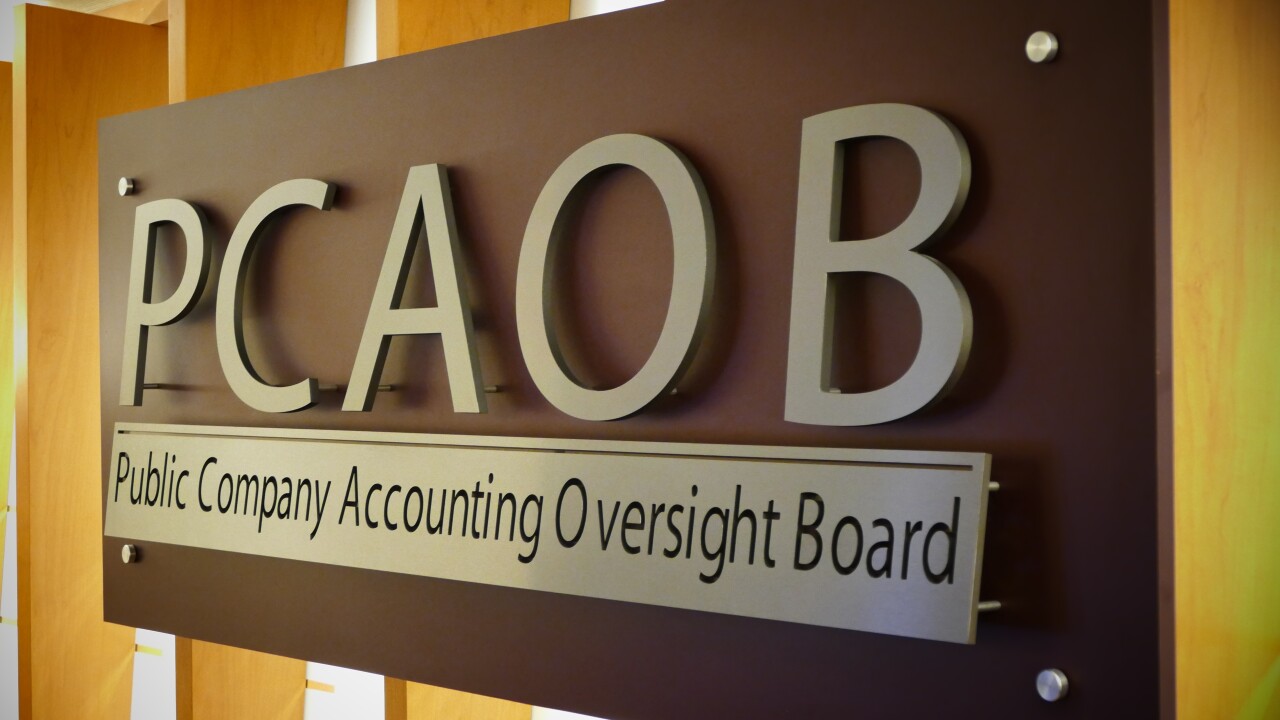IMGCAP(1)]The U.S. Tax Court filed a case last month that at first glance appears to deal a serious blow to cost segregation studies on residential apartments. However, upon further review, this court case is not as detrimental as it might appear.
The case in question is
A major issue was that AmeriSouth sold the building prior to the case’s trial. AmeriSouth then “stopped responding to communications from the Court, the Commissioner, and even its own counsel.” Due to the lack of response, the court allowed AmeriSouth’s attorneys to withdraw from the case. AmeriSouth was left to represent itself and failed to file a post-trial brief. Due to these facts, we are left believing that many of the issues covered in this case were not argued as well as they might have been. That said, the precedent set by this case needs to be considered in future cost segregation studies.
The decision in this case took a firm stance against many items that cost segregation practitioners often claim as personal property, including cabinetry, kitchen hoods, and decorative millwork. It is difficult to say how the case would have fared if the taxpayer had been more responsive to the audit. I would be remiss to also not point out that the cabinetry issue has been a point of contention with the IRS for years. The IRS has long argued that kitchen cabinetry is integral to an apartment and should be treated as 27.5-year property. Most cost segregation providers have argued that cabinetry is furniture with a five-year life under asset class 57.0.
It is also important to point out that AmeriSouth took many positions with which most experts in depreciation would disagree. These include the company’s position on sanitary sewers, site preparation and earthwork (for this case’s specific situation), and overhead power lines. Most professionals would agree with the IRS’s position on all of these assets. Many of these assets were not even owned by the taxpayer, including the overhead power lines.
Additionally, the IRS stated that there were certain areas where the detail was unsubstantiated. In reviewing the electrical system, the cost segregation firm utilized an allocation similar to one used in Scott Paper v. Commissioner to allocate the electrical panels. The IRS was not arguing this position but rather stating that the study “extrapolates from bad data on some of the units... We therefore find that it must depreciate the panels over the life of the apartments.” In this case the IRS did not have to argue the position, but simply argued that the taxpayer did not provide enough information to prove that its allocation was valid.
In conclusion this court case needs to be considered with an understanding of the details around it. The taxpayer used an aggressive cost segregation report, and then was audited. Upon audit the taxpayer walked away from the table and did not substantiate their position. The Tax Court Memo even stated that “we could dismiss this case entirely” due to the lack of response from the defendant. While this case sets a precedent and gives good insight, the decisions reached and opinions formulated need to be viewed within the confines of the situation.
David McGuire is a director at





